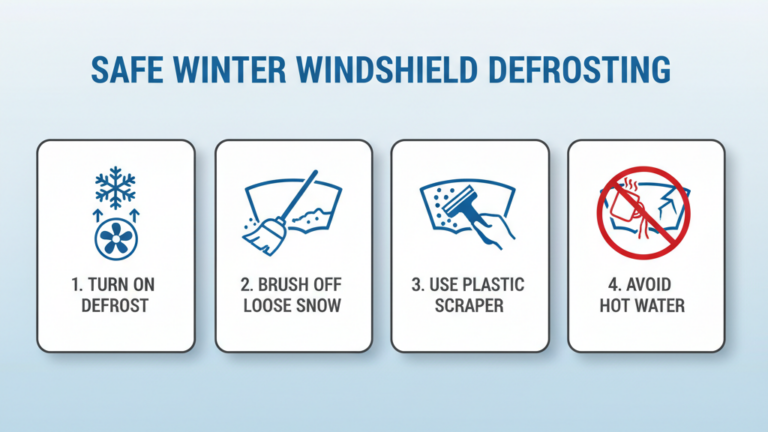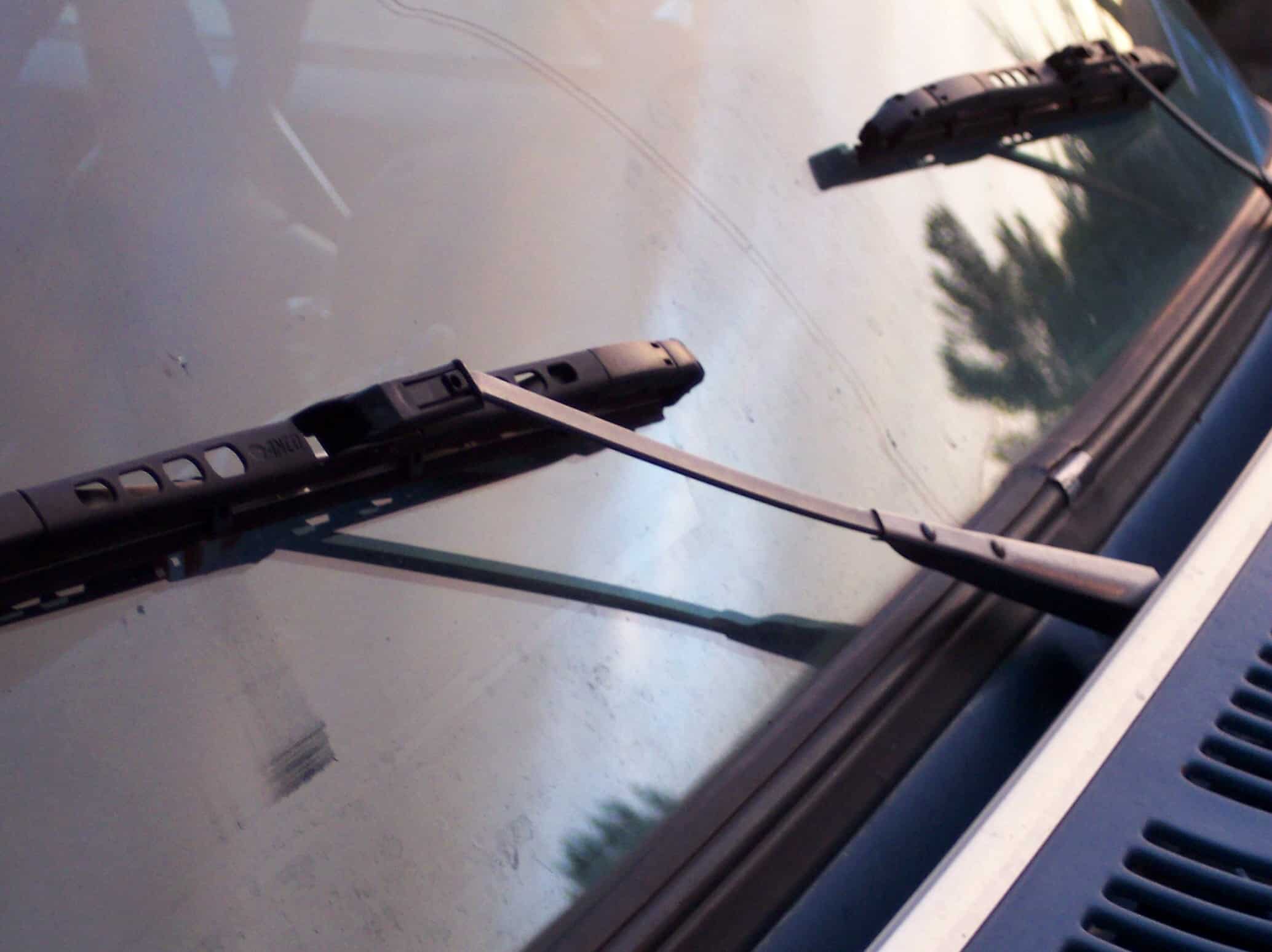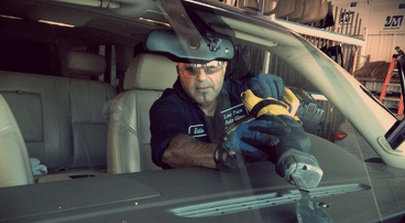Exploring the Best Windshield Replacement Materials
When it comes to your vehicle’s safety, the choice of windshield replacement materials plays a crucial role. Understanding the various options available can help you make an informed decision that ensures durability, clarity, and protection. In this article, we’ll delve into the different materials used in windshield replacement, their benefits, and why choosing the right one matters.
The Importance of Choosing the Right Windshield Material
Your vehicle’s windshield is more than just a piece of glass. It’s a critical safety component that protects you from external elements and contributes to the structural integrity of your car. Selecting the right material for windshield replacement can significantly impact your driving experience and safety.
Common Windshield Replacement Materials
Several materials are commonly used in windshield replacement, each offering unique benefits. Let’s explore the most popular options:
Laminated Glass
Laminated glass is the most widely used material for windshields. It consists of two layers of glass with a thin layer of polyvinyl butyral (PVB) sandwiched between them. This design provides several advantages:
- Safety: In case of an impact, the glass adheres to the PVB layer, preventing it from shattering into dangerous shards.
- Durability: Laminated glass is highly resistant to cracks and chips, ensuring a longer lifespan.
- Noise Reduction: The PVB layer helps reduce outside noise, offering a quieter cabin experience.
- UV Protection: Laminated glass blocks most of the harmful UV rays, protecting the car’s interior and occupants.
Tempered Glass
Tempered glass is another common material used in windshield replacement, often for side and rear windows. It undergoes a special heat treatment process that makes it stronger than regular glass. Key benefits include:
- Strength: Tempered glass is up to five times stronger than standard glass.
- Safety: When broken, it shatters into small, blunt pieces, reducing the risk of injury.
- Resistance: It is highly resistant to thermal stress, making it less likely to crack under extreme temperature changes.
Advanced Windshield Materials
With advancements in technology, new materials are being developed to enhance the safety and performance of windshields.
Gorilla Glass
Originally used in smartphone screens, Gorilla Glass is now being applied in the automotive industry. It offers several impressive features:
- Lightweight: Gorilla Glass is thinner and lighter than traditional laminated glass, improving fuel efficiency.
- Durability: It is highly resistant to scratches and impacts, ensuring a longer-lasting windshield.
- Clarity: Gorilla Glass provides superior optical clarity, enhancing visibility for safer driving.
Acoustic Glass
Acoustic glass is designed to reduce noise levels inside the vehicle. It is similar to laminated glass but with an added layer of acoustic material. Benefits include:
- Noise Reduction: Significantly reduces wind and road noise for a quieter ride.
- Comfort: Enhances overall driving comfort, especially on long journeys.
- Safety: Maintains the safety features of laminated glass while offering additional sound insulation.
Choosing the Right Material for Your Windshield Replacement
When selecting a windshield replacement material, consider the following factors:
Safety and Durability
Your safety should be the top priority. Laminated glass and tempered glass are excellent choices for their safety features and durability. Laminated glass is particularly beneficial for the windshield due to its ability to stay intact during collisions.
Noise Reduction
If you frequently drive in noisy environments or prefer a quieter cabin, acoustic glass is a great option. It provides the same safety benefits as laminated glass while enhancing sound insulation.
Weight and Fuel Efficiency
For those looking to improve fuel efficiency, Gorilla Glass is an innovative solution. Its lightweight nature reduces the overall weight of the vehicle, leading to better fuel economy.
The Installation Process
The quality of the windshield installation is just as important as the material itself. Ensure that you choose a reputable and experienced technician for the job. Proper installation guarantees that the windshield will perform as expected and provide the necessary protection.
Steps in Windshield Replacement
- Assessment: The technician assesses the damage and determines the need for replacement.
- Removal: The damaged windshield is carefully removed without damaging the surrounding frame.
- Preparation: The frame is cleaned and prepped for the new windshield.
- Installation: The new windshield is installed using high-quality adhesive to ensure a secure fit.
- Curing: The adhesive is allowed to cure for a specified period to achieve maximum strength.
Conclusion
Choosing the right windshield replacement material is essential for your safety, comfort, and driving experience. Laminated glass, tempered glass, Gorilla Glass, and acoustic glass each offer unique benefits tailored to different needs. By understanding these materials, you can make an informed decision that ensures your vehicle remains safe and efficient.






